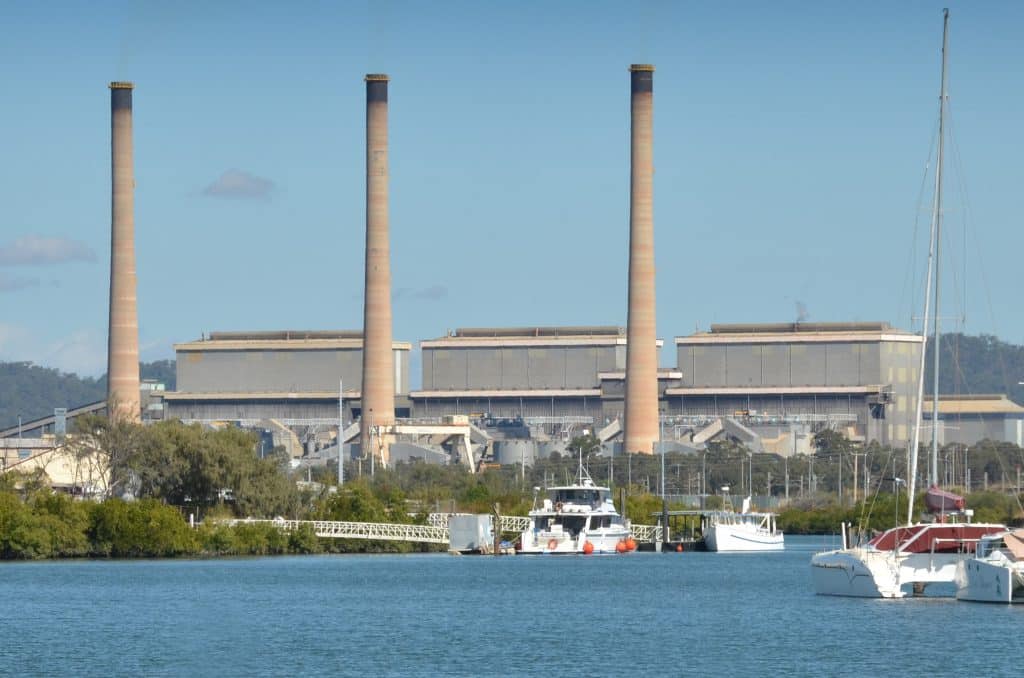According to a report in The Observer, the operators of Queensland’s Gladstone Power Station are denying predictions the plant will close in 2029.
The forecast of Gladstone’s closure came from the Australian Energy Market Operator (AEMO) in its Integrated System Plan released last month.
However, the 1,680 MW coal-fired station’s general manager, Chuck Mason, is adamant there are no plans in the pipeline for its closure in the foreseeable future.
AEMO report predicts National Energy Market
AEMO’s 100-page report forecasts transmission requirements for the National Energy Market over the next 20 years. It indicates that new renewable energy sources should replace coal as ageing coal plants retire.

It also noted that demand for grid-power is falling, while solar installations and use of energy storage batteries are increasing.
After 2030, the paper says renewable generators will need to replace power stations – including Gladstone – “at the end of technical life”.
It also states that it would cost more to replace old plants with new coal generation than with renewable sources.
Gladstone power station firm on continued operation
The Queensland government built the Gladstone station, which became operational in 1976. In 2029, it will be well beyond 50 years of operation. Retirement would seem to be on the cards.
However, considerable investment has gone into the station recently and there is more planned for next year. This appears to be a clear indicator that the plant’s operator, NRG, has no intention of winding it down.
In fact, NRG is also looking for ways to combine coal-fired power with renewables such as wind and solar power.
Operator says coal and renewables can work together
Chuck Mason said people might see it as a case of coal versus renewables. However, the operators see it more as “coal-fired generation and renewables working together”.
Mason did not indicate how long the station would continue operating beyond 2029. He did, however, say that it can stay operational with continued investment and in accordance with market demands.
He added that the plant could underpin arrangements for large-scale renewable projects as part of the transition to lower carbon emission generators.












































